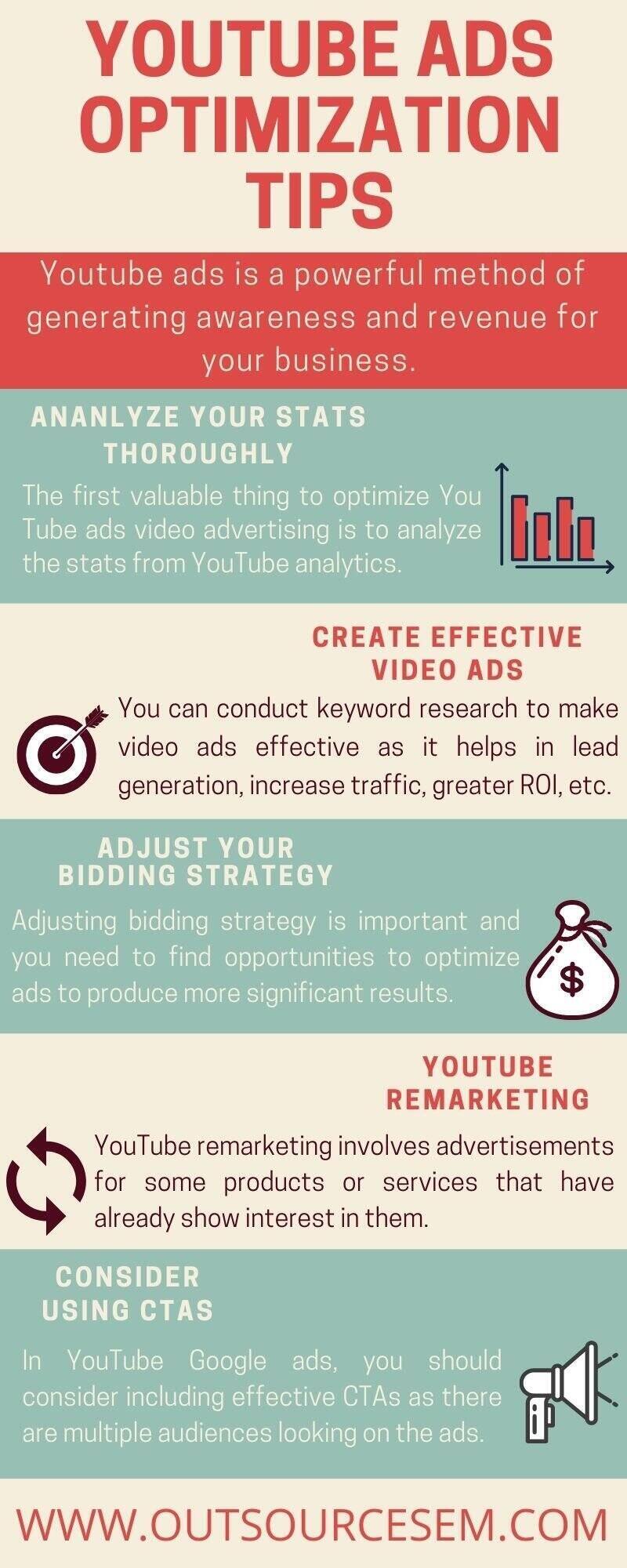To set up and optimize your first YouTube ad campaign, start by creating a Google Ads account and then create a new video campaign with a clear objective aligned to your marketing goals (such as sales, leads, website traffic, or brand awareness). Choose the campaign subtype (e.g., custom video campaign) to select the ad formats you want, set your budget and bidding strategy, define your target audience by location, language, demographics, and interests, and finally create engaging video ads with a strong call-to-action. After launching, monitor key metrics like view rate, cost-per-view (CPV), and conversions to optimize performance.
Detailed steps and optimization tips include:
-
Create a Google Ads account if you don’t have one already and link your YouTube channel to it.
-
Start a new campaign in Google Ads by clicking the plus icon and selecting “New campaign”.
-
Choose your campaign objective based on your goals: sales, leads, website traffic, or awareness/consideration. This choice influences available campaign types and ad formats.
-
Select “Video” as the campaign type and pick a subtype such as “Custom video campaign” for flexibility in ad formats (skippable in-stream, non-skippable, bumper, or in-feed ads).
-
Set your campaign settings:
- Name your campaign.
- Choose a bidding strategy (e.g., cost-per-view or cost-per-thousand impressions) aligned with your goals.
- Set a daily or total campaign budget.
- Select networks where your ads will appear (YouTube only or YouTube plus video partners).
-
Define targeting options:
- Geographic locations and languages.
- Demographics such as age, gender, income.
- Interests, topics, and placements to reach your ideal audience.
-
Create your video ads:
- Use videos uploaded to your YouTube channel or create new ones.
- Add a compelling call-to-action button linking to your landing page.
- Choose the appropriate ad format based on your campaign goal and audience behavior.
-
Optimize your ads by:
- Crafting a strong hook in the first few seconds to capture attention.
- Delivering engaging, relevant content that highlights benefits or solves problems.
- Monitoring performance metrics such as view rate, CPV, and conversions.
- Adjusting targeting, bids, and creatives based on data insights to improve ROI.
-
Use Google Ads tools and AI to help optimize ad placement, budget allocation, and performance automatically if desired.
Following these steps ensures your YouTube ad campaign is well-structured and optimized for your specific marketing objectives, maximizing your chances of success on the platform.





